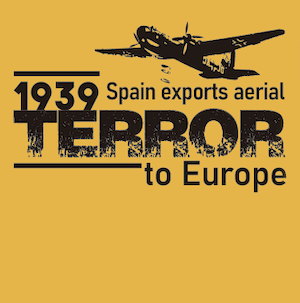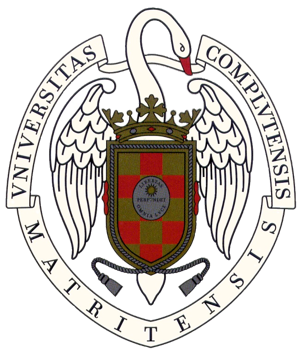The siege of Madrid during the Spanish Civil War was the scene of the transition from a typically colonial war of columns to a type of conflict that anticipated the one that would ravage Europe just a few years later. The aim is to show the general imprint of that rehearsal, especially in the tactics of strategic bombing and in the military information services. Most of the works that have dealt with the Madrid of the war have focused only on the military aspects of the front or on the persecution and repression that shook the city's underground, especially during the months corresponding to the so-called "Battle of Madrid" (November 1936 - March 1937). And all this despite the importance it maintained throughout the war for the Republican side, even though it was no longer the seat of government.
Once the coup had failed and the different fronts had stabilised, Madrid disappeared from most of the histories of the Civil War, and also from those that have followed, with greater or lesser success, from the Transition to the present day. Since then it has become a besieged city of which practically nothing remains standing, the ultimate cause and effect of Franco's need not only to defeat the defence of Madrid, but also to erase the memory of the resistant city and to conceal the steps that led to its surrender.









